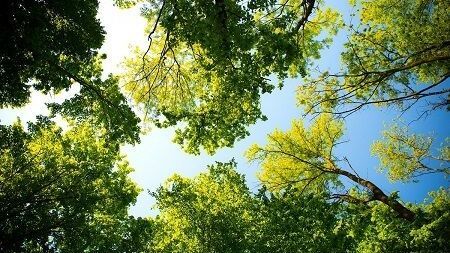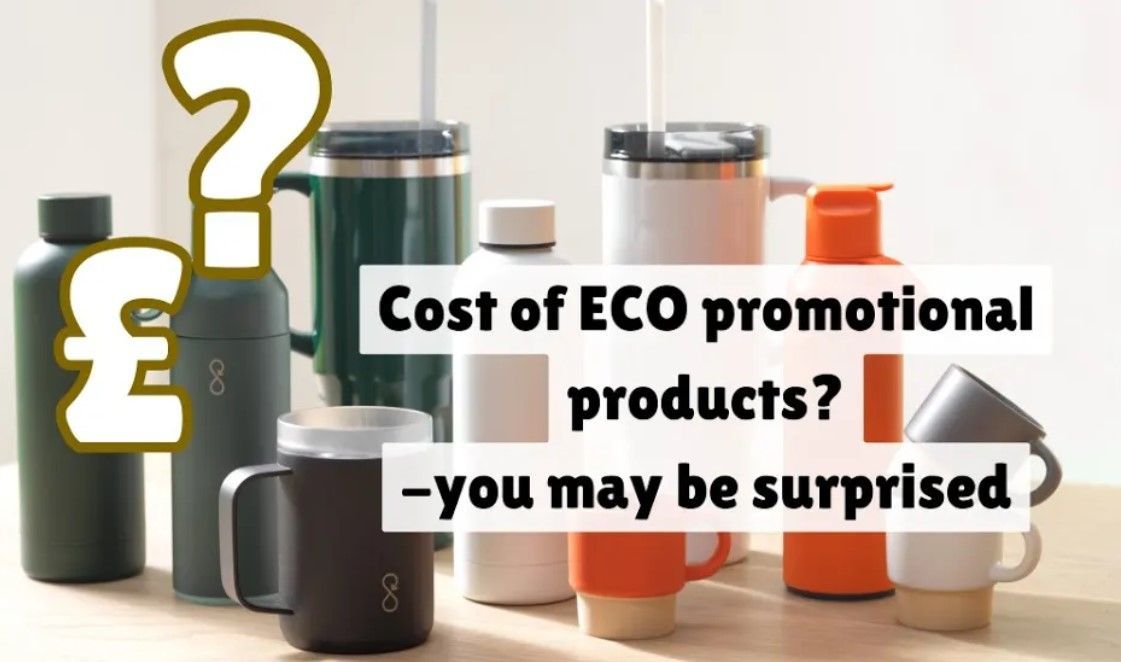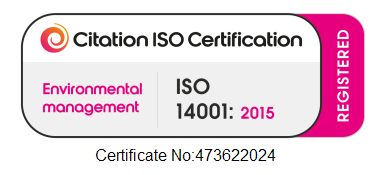What is a sustainable promotional product?
Is there a standard for sustainability within the promotional products industry?

In a discussion with a prospect about a particular branded merchandise item, we were recently asked – ‘is it sustainable?’ Whilst this seems a perfectly reasonable question to ask, the answer is less than straightforward. There is a dictionary definition of sustainable being:
'causing little or no damage to the environment and therefore able to continue for a long time'
https://dictionary.cambridge.org/dictionary/english/sustainable
However this general definition does not define which products are sustainable since this could refer to products which are:
·Reusable (replacing single use items)
·Recycled
·Biodegradable
·Able to be recycled
·Carbon neutral
For the marketer wanting to be eco-friendly and or meet corporate sustainability goals which of these definitions would be appropriate? – the answer is not clear. The promotional products industry does not have a set of standards – for example if a t-shirt contains 70% recycled polyester, does that meet the ‘sustainable’ requirement? And a product that is fully biodegradable but is made in China and transported across the globe?
Given the lack of definition, Pavilion Earth has taken the view that we need to provide as much information as possible. Transparency and disclosure is the only antidote to greenwash.
There are standards, however, which can help in the decision making process, although not applicable to all areas of the industry they do provide measureable and auditable information. Listed below are the sorts of things we are looking for from our suppliers:
1. The Programme for the Endorsement of Forest Certification PEFC

The Programme for the Endorsement of Forest Certification ( PEFC ) is an international, non-profit, non-governmental organization which promotes sustainable forest management through independent third party certification. It is considered the certification system of choice for small forest owners.
Its 35 worldwide independent national forest certification systems represent more than 300 million hectares (741.3 million acres) of certified forests, making it the largest forest certification system in the world, covering about two-thirds of the globally certified forest area. https://www.pefc.org/
2. The Forest Stewardship Council ( FSC ).

The Forest Stewardship Council ( FSC ) is an international non profit, multistakeholder organization established in 1993 that promotes responsible management of the world's forests. Using the FSC logo signifies that the product comes from responsible sources—environmentally appropriate, socially beneficial and economically viable https://fsc.org/en
Both the PEFC and the FSC have Chain of Custody certifications. Chain of custody certification tracks forest-based products from sustainable sources to the final product. It demonstrates that each step of the supply chain is closely monitored through independent auditing to ensure that unsustainable sources are excluded.
So look for the FSC and PEFC logo on all wood products and paper products. This would include things like pencils and notebooks. It may also include some clothing! The reason is that viscose fibre is created from wood pulp and the PEFC logo is starting to appear on viscose clothing.
3. Oeko-Tex Standard 100

The Oeko-Tex Standard 100 is a globally uniform testing and certification system for textile raw materials, intermediate and end products at all stages of production.
The certification covers multiple human-ecological attributes, including harmful substances which are prohibited or regulated by law, chemicals which are known to be harmful to health, but are not officially forbidden, and parameters which are included as a precautionary measure to safeguard health. - https://www.oeko-tex.com/en/
Textile products may be certified according to Oeko-Tex Standard 100 only if all components meet the required criteria without exception.
4. Global Organic Textile Standard

The Global Organic Textile Standard (GOTS) was developed with the aim to unify the various existing standards and draft standards in the field of eco textile processing and to define world-wide recognised requirements that ensure organic status of textiles, from harvesting of the raw materials, through environmentally and socially responsible manufacturing up to labelling in order to provide a credible assurance to the end consumer. Processors and manufacturers shall be enabled to supply their organic fabrics and garments with one certification accepted in all mayor selling markets. https://global-standard.org/
5. Compostability Mark of European Bioplastics

Enables compostable products to be identified by a unique mark and channelled for recovery of their constituent materials in specially developed processes.
The Compostability Mark thus conveys product information to waste-disposal plant operators and product image to consumers.
6. Fairtrade

Fairtrade is an ethical trade system that puts people first. Fairtrade offers farmers and workers in developing countries a better deal, and the opportunity to improve their lives and invest in their future. Fairtrade gives consumers the opportunity to help reduce poverty and instigate change through everyday shopping.
When a product carries the FAIRTRADE Certification Mark, it means the producers and traders have met Fairtrade Standards. Fairtrade Standards include social, environmental and economic criteria, as well progress requirements and terms of trade. The Standards are designed to support the sustainable development of small-scale producers and agricultural workers in the poorest countries in the world.
Fairtrade International is an association of 25 organizations around the world, including national initiatives that promote and license the FAIRTRADE Mark and producer networks that represent producers at the highest level of decision-making in the international Fairtrade system. https://www.fairtrade.net/
7. Carbon Reduction Label

The Carbon Reduction Label is a public commitment that the carbon footprint of a product or service has been measured and certified and the owner of the product or service has committed to reduce that footprint over the following two years. The footprint that has been calculated will have been rigorously measured and be comparable based on the PAS2050 standard and Footprint Expert™. This will have been a full life cycle assessment including production, use and disposal. The certification must be undertaken again after two years and prove that real reductions have been made. https://www.carbontrust.com/
CONCLUSION: The above standards are not exhaustive but provide a range of recognised standards that can be used in the promotional merchandise industry to see if the product claims can be verified. Given the range of products and the materials used in our industry, there is no industry standard although hopefully the industry bodies in the US and UK will work toward something.





